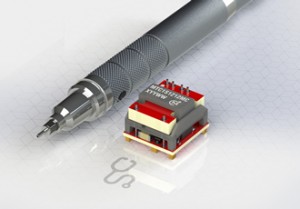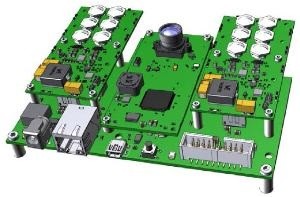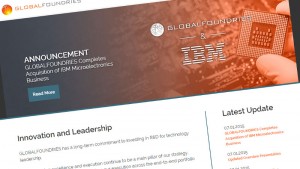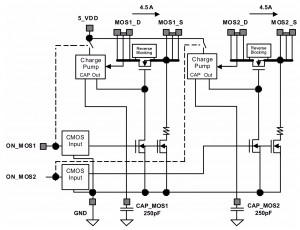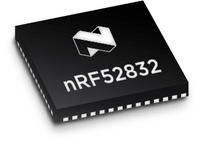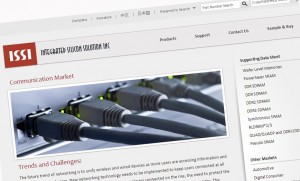Murata has launched the MTC1 series of 1W regulated single output DC/DC converters with nominal input voltages of 12 or 24 VDC and accommodate a 2:1 input range around the selected nominal which allows for use in designs with different nominal input voltages or in situations where wide voltage deviations might occur.
It is aimed at applications such as medical, industrial, telecommunications, battery powered systems, and process automation.
The range comprises six single output models providing 3.3, 5 or 12 VDC for both the 12 and 24 VDC nominal inputs. No additional regulation components are required since the MTC1 output is fully regulated to within +/- 0.5% of stated output.
A voltage trim pin allows adjustment of the output voltage by +/- 10% to suit any special voltage requirements. A remote on/off pin provides the ability to disable the output for application power saving.
Input to output isolation conforms to the international safety insulation standard UL60950 (Pending). With its certification to the medical safety standard ANSI/AAMI ES60601-1 for 2 MOOPs the converter is suitable for use in a wide range of medical and healthcare applications. The MTC1 can operate up to 105 degrees C with derating.
“The MTC1 with its 34% smaller footprint, UL60950 reinforced insulation and 3rd edition medical safety standard compliance offers enhanced product features in a miniature package,” said Ann-Marie Bayliss, product marketing manager at Murata Power Solutions.
Features
- UL 60950 recognition pending for reinforced insulation
- ANSI/AAMI ES60601-1, 2 MOOPs recognition pending
- 3kVAC isolation test voltage ‘Hi Pot Test’
- Continuous short circuit protection
- Output Voltage Trim
- Remote on/off pin
- No electrolytic capacitors
- Operating temperature range -40°C to 100°C
- 2:1 Input Range
You can view the full datasheet »

